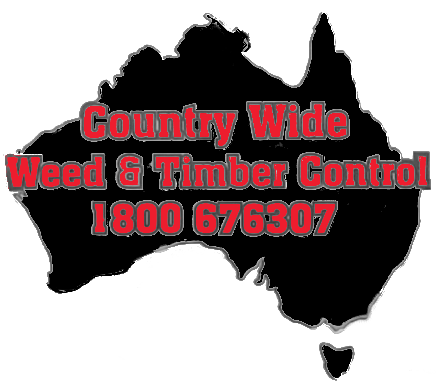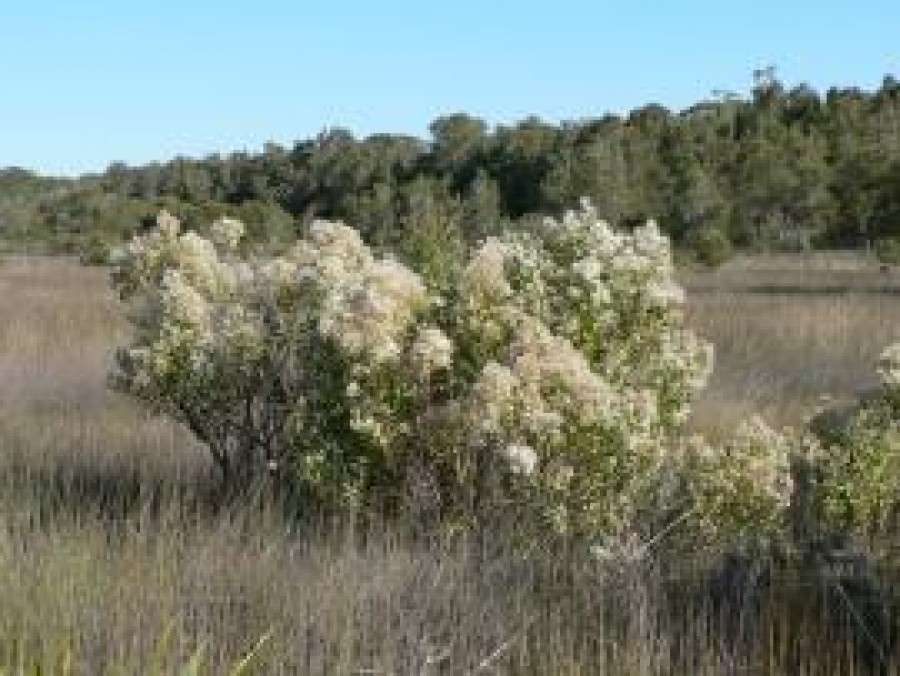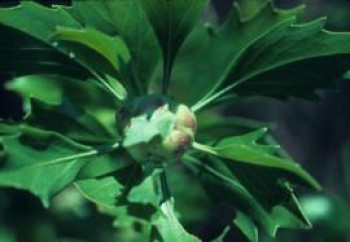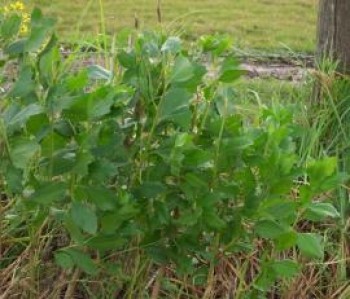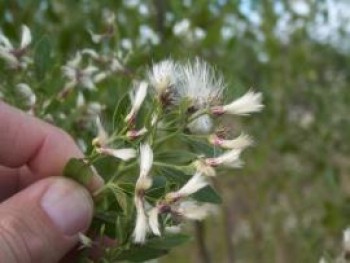Weed Profile - Groundsel Bush
Groundsel bush can inhibit the movement of stock and reduce the productivity and carrying capacity of agricultural land.
Groundsel bush is reputed to be poisonous to livestock although it seldom causes a problem because they rarely eat enough. However, livestock will lose condition rapidly if forced to graze it.
Groundsel bush is a serious weed of horticulture, cropping and grazing agricultural industries as well as forestry. It is also an environmental weed.
Groundsel bush is particularly invasive in some specific situations. These situations include:
- badly-drained, poor, coastal wetlands;
- abandoned cane farms;
- undeveloped land subdivisions which have been bulldozed;
- areas where groundcover has been disturbed;
- all grazing land that is overgrazed or undervegetated – newly-cleared land is prone to invasion by groundsel bush, as is land which has suffered from fertility rundown and neglect;
- abandoned banana and stone fruit plantations, because of the effects of consistent, bare-ground management during the life of the plantation;
- open or poorly-developed forest areas after logging when canopy cover is reduced and soil disturbance is at a maximum; groundsel bush can grow and form a canopy faster than the forest species regrowth;
- coastal pine forests where there is little groundcover to compete with seedlings;
- occasionally, even in dense pasture.
It is found in South East Queensland and Northern NSW.
How does it spread?
Each female plant can produce more than 1.5 million seeds annually. The seeds are adapted for dispersal by wind and water because of the pappus, which remains attached to the seed for several days after release from the head. Under windy conditions during flowering, groundsel bush seed can be transported over long distances.
Seeds can also be spread by:
- water
- contaminated agricultural produce
- contaminated sand or gravel
- machinery.
Half of the seed usually falls within 100 m of the parent bush, forming dense, impenetrable stands of the weed.
What does it look like?
Groundsel bush is a densely-branched shrub, usually 1.5–3 m high, although it sometimes grows into a small tree up to 7 m high.
Leaves are dull or pale green, waxy to touch, alternate, 2.5–5 cm long, 1–2.5 cm wide, wedge-shaped and prominently-toothed, particularly near the tip.
Stems are green at first but turn brown with age and have a characteristic striped bark.
Numerous male and female flowers grow on separate plants.
Male flowers are cream and occur in globular heads. Female flowers are white and grow in head clusters at the ends of branches.
Seeds are very small and light, about 3 mm long and weighing only about 0.1 mg. On the top of each seed grows tufts of white hairs (the pappus) which give the female plant its characteristic fluffy appearance when in full flower.
Mature groundsel bush have a deep branching taproot, with numerous fibrous lateral roots.
Contact Us
For assistance with weed eradication Contact Us
Source: NSW Weedwise.
